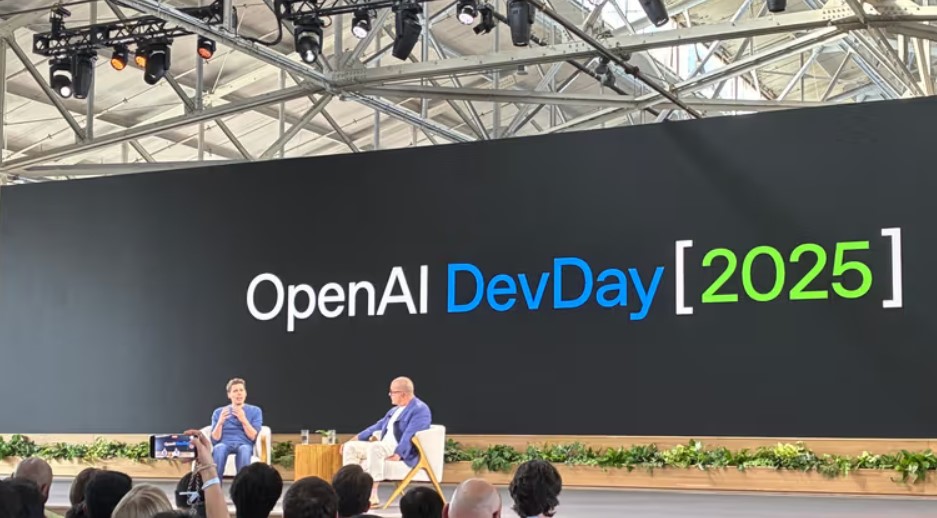Jony Ive: Working on 15–20 AI Gadget Concepts for OpenAI

In a striking reveal at OpenAI’s DevDay, design visionary Jony Ive shared that he is actively exploring **15 to 20 different product ideas** for a family of AI devices under OpenAI’s banner.
Quick Insight: These devices are meant to break away from the smartphone paradigm — aiming for more human-centric, thoughtful interactions rather than just incremental gadget upgrades.
1. Vision Beyond Smartphones & Tablets
• Ive criticized the “uncomfortable relationship” people often have with their devices and wants new form factors that reduce tension.
• The forthcoming gadgets are intended to be more intuitive, emotionally resonant, and unobtrusive.
• He emphasized that the designs may *not* look anything like iPhones or typical consumer electronics.
• The design effort is expansive — juggling many ideas, then narrowing down to what feels inevitable and natural.
2. The Challenge of Focus in Innovation
• With such a broad ideation phase, deciding where to commit resources is difficult.
• Ive acknowledged that progress is so rapid it’s hard to stay disciplined about which concepts to prioritize.
• The goal is to design a *family* of related devices, not just a single product.
• He spoke of avoiding distraction and ensuring each idea fits the broader vision.
3. Potential Impact & Considerations
• If realized, these gadgets could shift how people interact with AI — beyond phones, screens, and keyboards.
• The product line might challenge incumbents by blending design, intelligence, and emotional resonance.
• Risks include overextending with too many prototypes, hardware costs, supply chain hurdles, and user adoption.
• Success will depend on choosing the right concepts and executing deeply on usability, aesthetics, and utility.
Global & African Tech Implications
• This signals that AI hardware innovation is becoming a key frontier for major tech plays.
• For African innovators, there’s opportunity in designing complementary ecosystems, localized interfaces, and domain-specific AI gadgets.
• Partnerships, funding, and design talent will matter — not just software but the physical experience of AI.
• The wave of AI hardware could redefine what “device” means — and those who lead design thinking will shape global norms.
